Zener Diodes can be used to produce a stabilised voltage output with low ripple under varying load current conditions. By passing a small current through the diode from a voltage source, via a suitable current limiting resistor (RS), the zener diode will conduct sufficient current to maintain a voltage drop of Vout.
Zener Diodes are widely used as Shunt Voltage Regulators to regulate voltage across small loads. Zener Diodes have a sharp reverse breakdown voltage and breakdown voltage will be constant for a wide rang of currents. Thus we will connect the zener diode parallel to the load such that the applied voltage will reverse bias it. Thus if the reverse bias voltage across the zener diode exceeds the knee voltage, the voltage across the load will be constant.
Here we are discussing troubleshooting of Zener diode based voltage regulators.
Zener Regulated DC Power Supply
The Below Figure shows a filtered dc power supply that produces a constant 24 V before it is regulated down to 15 V by the zener regulator. The 1N4744A zener diode used. A no-load check of the regulated output voltage shows 15.5 V as indicated in part (a). The typical voltage expected at the zener test current for this particular diode is 15 V.
Fig : Zener-regulated power supply test
In part (b), a potentiometer is connected to provide a variable load resistance. It is adjusted to a minimum value for a full-load test as determined by the following calculations. The full-load test is at minimum zener current (IZK). The meter reading of 14.8 V indicates approximately the expected output voltage of 15.0 V.
Case 1:
Zener Diode Open If the zener diode fails open, the power supply test gives the approximate results indicated in Figure. In the no-load check shown in part (a), the output voltage is 24 V because there is no voltage dropped between the filtered output of the power supply and the output terminal. This definitely indicates an open between the output terminal and ground. In the full-load check, the voltage of 14.8 V results from the voltage-divider action of the 180 ohms series resistor and the 291 ohms load.In this case, the result is too close to the normal reading to be a reliable fault indication but the no-load check will verify the problem. Also, if RL is varied, VOUT will vary if the zener diode is open.
Fig : Indications of an open zener
Case 2:
Incorrect Zener Voltage As indicated in Below Figure, a no-load check that results in an output voltage greater than the maximum zener voltage but less than the power supply output voltage indicates that the zener has failed such that its internal impedance is more than it should be. The 20 V output in this case is 4.5 V higher than the expected value of 15.5 V. That additional voltage indicates the zener is faulty or the wrong type has been installed. A 0 V output, of course, indicates that there is a short.
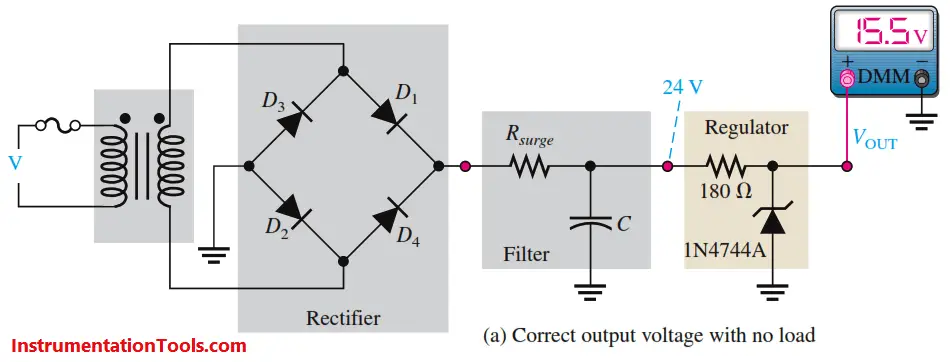
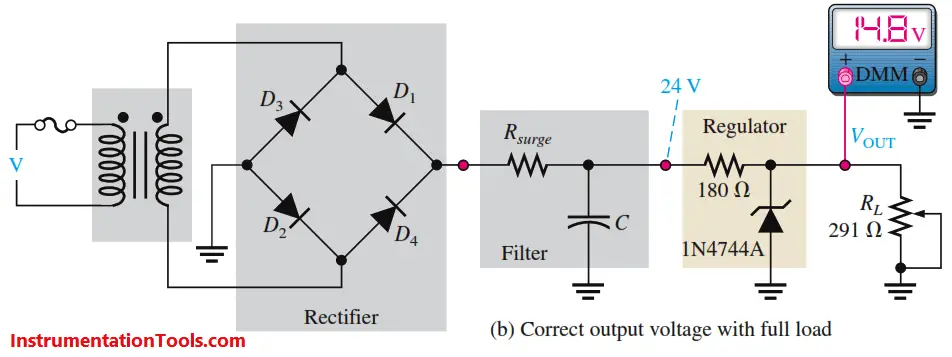





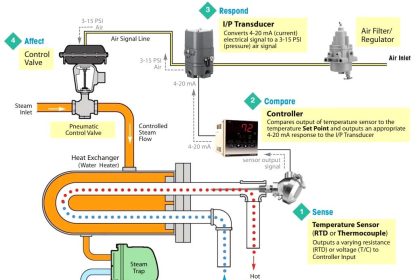
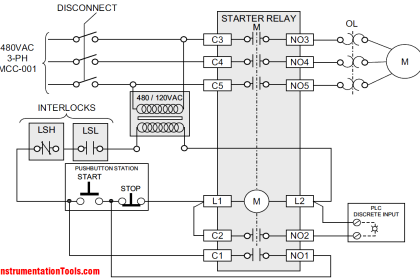
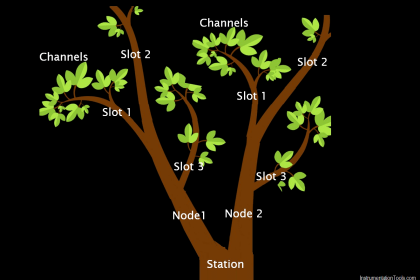
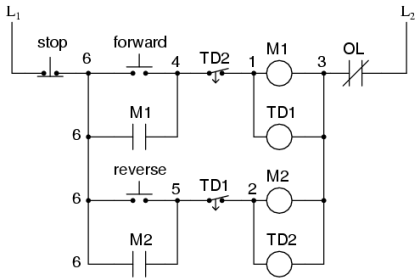
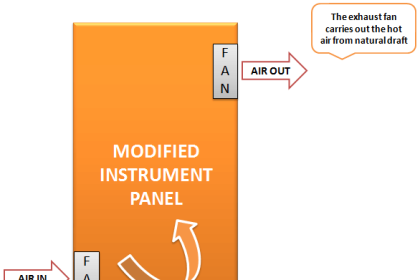
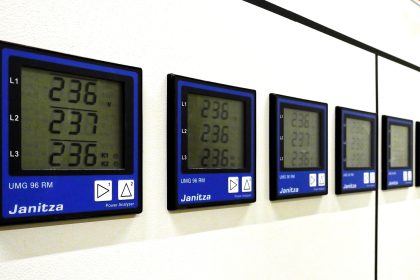
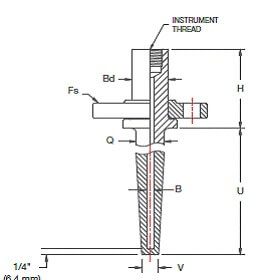

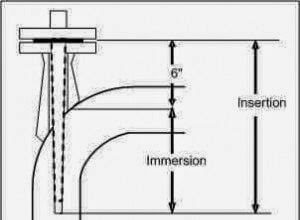
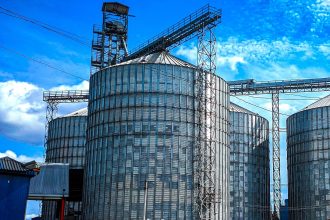
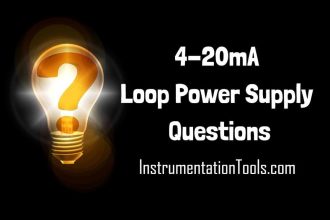

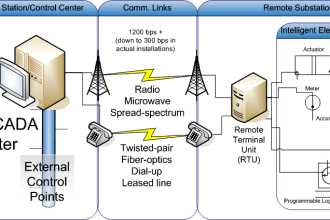
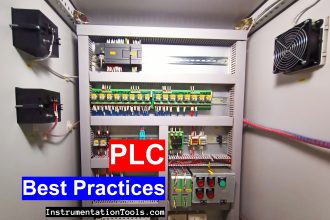
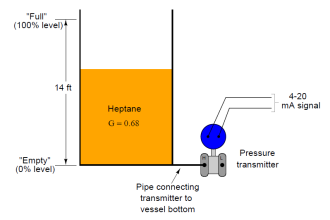

I want to know about ac and DC supply to diode
As i know Zener Diode used as a voltage regulator in what is so called the Intrinsically safe system ,especially when we have field instrument installed in hazard Area ,So Zener will play the role of fuse protection i.e. will keep the voltage within safe limits below 24VDC .
And we know all transmitters are provided with electronic component especially Capacitors ,for this each loop of two wire system has its own intrinsic safety Zener Barrier .this part of power regulation to ensure that the regulated voltage will be feed to all field instruments with safe limits is the most important one which to be consider in HAZARD Area application and how we can protect our equipment from voltage overshoot and to avoid unexpected measures due to this phenomena ,in addition to how we can protect our signals from other cases like using cable glands and explosion proof junction boxes etc according to international standards been applied in the field of Hazard Area